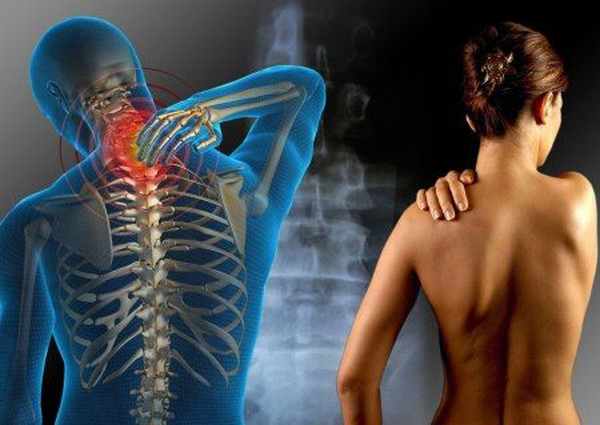Sciatica:
The longest sciatic nerve in your body; Starting from your pelvis, it runs through your hip area and extends to both legs. When it comes to your knees, it splits into the tibial and peroneal nerves.
The sciatic nerve controls the muscles in your lower legs, giving your calves, legs, and feet the ability to feel. refers to pain that radiates from your hip to your calf, lower leg, leg, and heel along the nerve route. The discomfort may be mild or debilitating, and the pain may be accompanied by tingling, numbness, or muscle weakness.
Sciatica is more a symptom of another problem that puts pressure on the nerves, such as a herniated disc, rather than a disease on its own. It is a state of pain that manifests itself with pain radiating along the nerve. This pain is of two types: One is less severe and continuous pain, and the other is intermittent and severe pain.
The pains run along the nerve from the hip to the heel. It is seen that it is painful when some points are pressed with a finger while reaching towards the heel. It is characteristic that the pain evoked by pressure on the nerve at these points spreads down and sometimes up along the nerve. Pain that radiates to the back of the upper leg, the outer side of the hind leg is called sciatica. The pain sometimes comes on suddenly. Sometimes it progresses slowly. Moves are hardly done while sit, stand up and lay down. The lower part of the spine is sensitive. The pain gets worse when walking, coughing and stretching.
It is also called nervous rheumatism among the people. The reason may be the displacement of the cartilage discs between the vertebrae, that is, the slipped disc, inflammation or damage to the lower part of the spine. Symptoms based on tension or compression of the nerve are important in defining the disease. While the patient is lying on his back, the stretched leg is slowly lifted up and at the same time, the occurrence of an attractive pain on the back of the thigh that spreads to the leg and even to the foot is in favor of sciatica.
The higher the leg is lifted, the more severe the pain. In case of damage to the sciatic nerve roots, pain may also occur in the healthy leg by lifting the sick leg.
Disc herniations, spinal tuberculosis, congenital or acquired changes in the lower parts of the spine (sacralization, lumbalization, fractures, spina bifida), damage to the pelvis and organs in this region may play a role in the occurrence of sciatica.
These disorders cause disease in any part of the nerve by putting it under pressure or causing it to regress. The most important and most common among these are disc herniations, also called lumbar hernia.
In addition, vascular disorders of the nerve, gout, diabetes, malaria, injecting some irritating drugs around the nerve can also cause sciatic neuralgia. In long-lasting cases, movement and sensation disorders in the legs, muscle wasting may occur.




